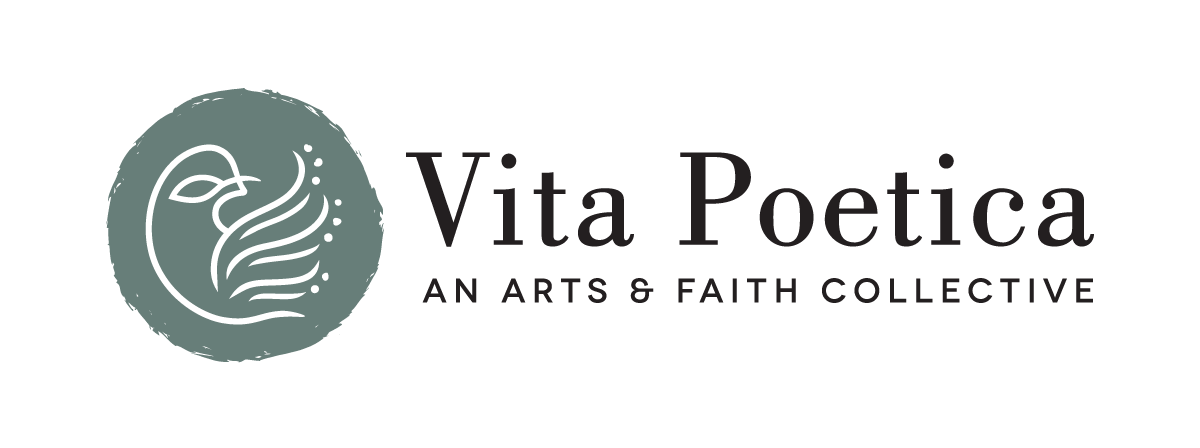Generations, and What We Make of Them
A Letter from Co-Editor Caroline Langston
How much rupture can a people stand? The pandemic separated us, but in so many ways, we remained separated when the immediate dangers of those two years ebbed–in our divided camps of faith, geography, and wealth. As I write, we’ve come off another spate of public shootings in the United States, the kind of occurrence to which those of us who live here are, at the same time, both outraged and numb. And while a good answer to just about everything is to “turn off the news” and “get off the Internet,” actually doing so can seem like the most isolating thing of all.
It’s still winter in Vita Poetica’s home in the Washington, DC, region, but the invisible veil of spring lies just under the cold mud of my yard. My good friend Lola’s seedlings have started sprouting in their cardboard cups. Generativity is the opposite of rupture, and these long lines of connection are a theme that snakes through so many of the works in this edition. How are we connected, whether through blood or belief or culture, and what’s our role in nurturing or redirecting those connections?
That theme is struck right from the beginning of the issue: Jen Schneider’s poem “on time and quiet passings : : fly monarch(s) fly,” considers the resonance of a beloved’s death and its essential connection to—well, everything: the monarch butterfly’s migrations, oceans and water, even the “king-queens” of popular culture Elton John and Freddie Mercury are pulled into the sweep.
David Metz’s story “Her Brother’s Keeper,” which examines a sister’s loyalty against a brother’s grief, deals explicitly with both the persistence and perils of that connection. It’s a connection that expands outward—set in the period from the ’30s through the ’50s, the relationship tableau resonates to the present day to those of us who are reading. We can see how just one relationship reverberates into the echo of a family myth. Pulled into the story, we must inevitably reflect on our loyalties, and what we are generating forward.
Even a portrait of the post-pandemic world as bleak for humanity as Chris Vrountas’s poem “Lenten Eve, 2021” offers the possibility of a re-generation in an apocalyptic “transvaluation of values” where we are assured that “ . . . Grace whispers outside / the cave after the storm, / The first shall be last and the last shall be first, / rising to the sound of / the last trumpet.”
But generative connections also can happen in the here and now, and in the most unexpected places–and with humor, to boot: Alan Altany’s “Meditations: God Loves Atheists,” braids back together all sides of our contemporary faith divide:
The atheism of God
being a gravitational
portal for atheists
to begin heading
really Godward and
a signaling call for
believers to finally
wake-up to their
random delusions
about God, the
lover of all those
on reality quests
at midnight
or high noon.
There’s room here, too, for humans to exercise benevolent stewardship over both our memories of the past and our actions toward the future. Elizabeth Jarrett Andrew’s “The Calculus of Awe,” in calibrating the links between math, relationship, and spirit, even shows us a vivid image of how to do so.
There are so many others: Emily Chambers Sharpe’s review of James K.A. Smith’s How to Inhabit Time: Understanding the Past, Facing the Future, Living Faithfully Now gives us an insight into his notion of the “spiritual timekeeping” that can give us security and purchase over all these spans. Rebecca Vickery’s “A Blessing for Your Skin” gives us a way to hallow the organ that both separates us from the world, and enables us to meet it.
Journey forward with us, throughout 2023.
